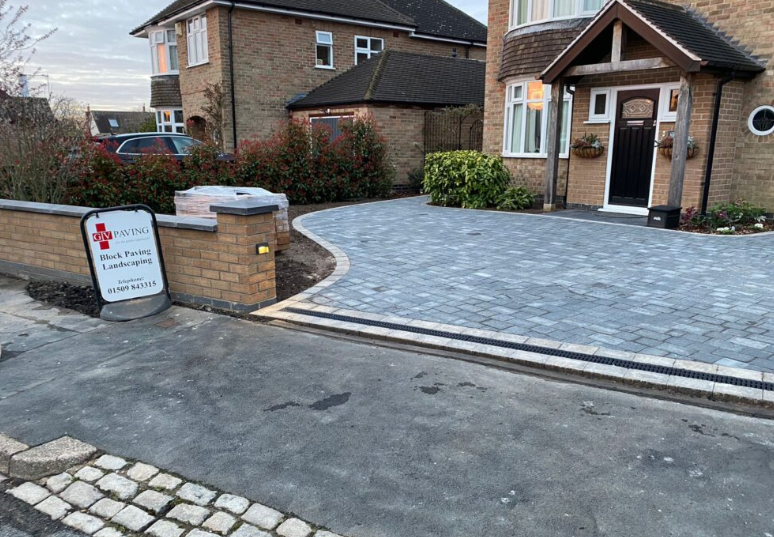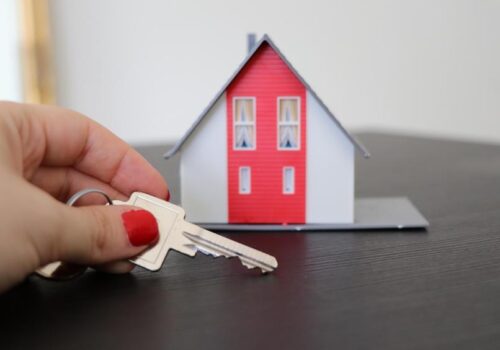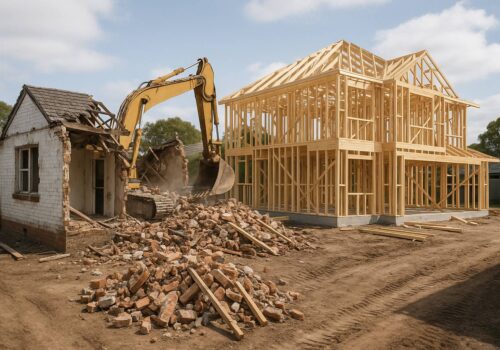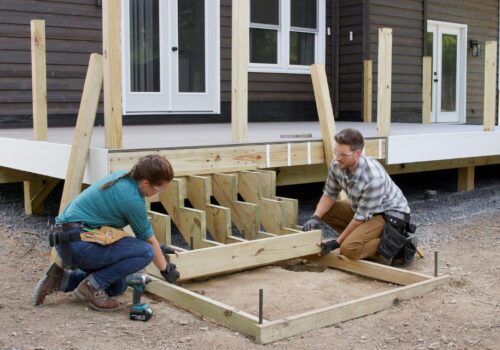A Comprehensive Guide to Residential Paving at your Place
When it comes to enhancing the exterior of your home, residential paving offers both aesthetic appeal and practical benefits. Whether you’re looking to upgrade your driveway, patio, or walkway, understanding the fundamentals of paving can help you make informed decisions that add value and beauty to your property.
Understanding Residential Paving
Residential paving encompasses various materials and techniques used to create durable and attractive surfaces around your home. The most common materials include asphalt, concrete, bricks, and natural stone. Each of these materials has its own set of advantages and considerations, making it crucial to select the right one based on your needs and preferences.
Benefits of Residential Paving
Investing in residential paving provides numerous benefits:
- Enhanced Curb Appeal: A well-paved driveway or patio significantly improves the overall appearance of your property.
- Increased Property Value: Quality paving can boost your home’s market value, making it a wise investment.
- Durability: Properly installed paving materials can withstand harsh weather conditions and heavy traffic, ensuring long-lasting durability.
- Low Maintenance: Paved surfaces are easier to maintain and clean compared to gravel or dirt.
Choosing the Right Paving Material
Here’s a quick overview:
- Asphalt: Ideal for driveways, asphalt is cost-effective and quick to install. However, it may require more frequent maintenance compared to other materials.
- Concrete: Known for its durability and versatility, concrete is suitable for a variety of surfaces, including driveways, walkways, and patios.
- Bricks: Offering a classic and timeless appearance, brick paving is perfect for creating intricate patterns and designs.
- Natural Stone: For a premium look, natural stone provides unmatched beauty and longevity, making it a favourite for high-end projects.
Installation Process
The installation of residential paving involves several key steps:
- Planning and Design: Begin by planning the layout and design of the paved area. Consider factors such as drainage, slope, and usage.
- Site Preparation: Clear the area of debris, vegetation, and old paving. Excavate the site to the required depth.
- Base Layer: A strong foundation is crucial. Lay a base layer of crushed stone or gravel and compact it thoroughly.
- Paving: Install the chosen paving material according to the design plan. Ensure proper alignment and spacing.
Conclusion
Residential paving is a valuable investment that enhances the beauty and functionality of your home’s exterior. By choosing the right materials and following proper installation and maintenance practices, you can enjoy a stunning and durable outdoor space for years to come. Consider incorporating outdoor pavers to create visually appealing and practical surfaces that will elevate your property’s curb appeal and usability.





